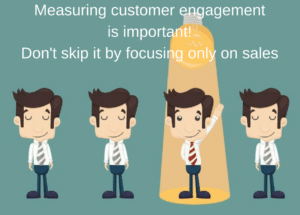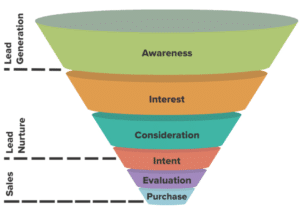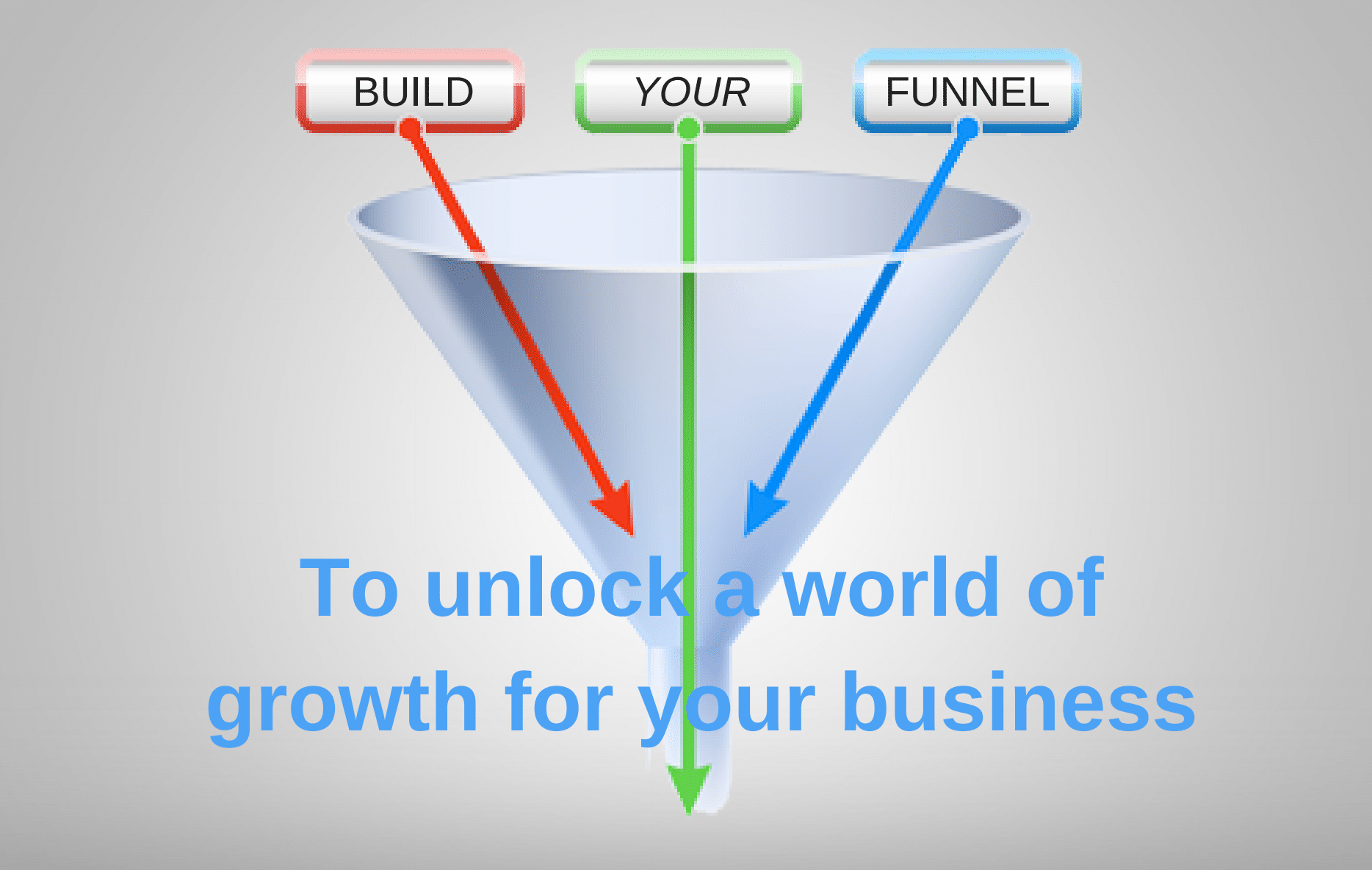How to Build Your Sales and Marketing Funnel
A bunch of us have heard of a “marketing funnel.”
Few see them as different and equally valuable.
Almost no business tracks them and analyzes them.
Why is it that so many business people – smart ones, too – talk about something without doing it?
Is it because they are all lazy hypocrites?

Yes, that’s why. And, that concludes today’s post! Thanks, folks… remember to tip your waiter!
I’m kidding, of course.
The reason business people talk about a sales funnel without building a visual, actively measuring it, and routinely exploring ways to improve it is because all of those things are hard.
In fact, the more complicated your business is, the harder it is to build your cycle. But, the more crucial it is to differentiate the two.
Especially in early- or mid-stage service businesses that require a long sales cycle, the temptation is to focus solely on the sales side of things – once a potential customer is activated and engaged. It’s a valuable thing to measure, too.
But, if that is the focus then a major and useful part of your customer acquisition strategy – the WHOLE point of the funnel – is missing.

Sales and marketing are both in the same funnel, but they exist at different ends. They are different disciplines, but cannot be effectively separated from each other.
Marketing activities tend to dominate the top of the funnel, sales dominates the bottom of the funnel.
It is impossible for one to exist without the other. Hence, it is important that each section of the funnel is measured in the precise way that is unique to its characteristics.
Breaking Down the Sales and Marketing Funnel

Lead Portion– Marketing
The top portion of the funnel – what I call the “Lead” portion of the funnel – is all about 1) creating awareness with your target audience and 2) capturing that interest.
That’s it. The marketing part of this is not more difficult than this. So, impression-based goal should be measured as a means of creating awareness.
When it comes to lead capture, that is all about measuring the impact of the ad campaign, those Facebook ads, that new communications channel you’re trying out, that event you need a big turnout at, etc.
The Lead portion is generally where most of your spend goes. Understand, there will be “wasted” spend here. But, waste is all about perception.
If you are trying a new tactic in the “Lead” part of your funnel you have to spend money to see if it’s going to work for you. If it’s a tactic like paid online ads, for example, this is a multi-month investment.
I mention this now – because, honestly, I could do a whole series on how to measure your funnel – because it’s important to understand that trying something new takes time and patience. If you need something to work right out of the gate, then go to a tactic you know works that you have used with success before.
Be smart about how you build the marketing part of your funnel. Don’t try everything at once.

Prospect Portion– Sales
The sales part of the funnel – what I call the “Prospect” portion of the funnel – consists of the 3 primary areas 1) Consideration, 2) Intent and 3) Evaluation.
Consideration is when the prospect becomes aware, demonstrates interest by becoming a lead (filling out that form on your website), and is thinking about taking action. As soon as a prospect is considering, it’s time for sales to take over and encourage the prospect toward the bottom of the funnel.
Ask questions, find out barriers, and identify the ultimate intent of that prospect. The sooner that intent is uncovered, the sooner a clear future is established about the prospect.
Once intent is identified and addressed, encourage final evaluation.
Each of these 3 areas deserve a lot more attention that I’m giving them in this space. In short, this trio of funnel spaces is all about sales craftsmanship and closing the sale.
Closing the sales is not the end, either. Then the Loyalty Funnel takes over. But, that’s a different post, too.
Building the Right Funnel for Your Business
Few businesses have a funnel just like yours. Fewer still separate sales from marketing.
If you undertake one new sales or marketing project for your business this year, make it building your funnel.
Fight the temptation to give up on building a real, measurable sales and marketing funnel for your business. This one idea will unlock a world of potential and consistent growth for your business.


